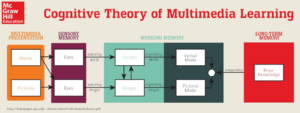The multimedia application that we have chosen is Epic! Epic is a digital reading application that is tailored to children under the age of 12 to use on a tablet or computer. Educators can access Epic for free, and then gain an “access code” to share it with their students. On this app readers can track their reading progress, and since Epic is compatible with Google Classroom, this progress can be shared with the child’s teacher. Classrooms will need individual tablets or computers in order to use this app, but in our experience, we have noticed that most schools offer iPads or tablets that students can borrow.
We have chosen this app because it is a resource we all believe that we would like to use in our future teaching practice. Compared to the other apps our group reviewed, we decided that Epic has the most student and teacher friendly features, and this makes it more applicable in a classroom setting. We also thought that the layout of Epic was unique, and provided teachers and students with a lot of valuable resources. Furthermore, there are many fantastic reviews about Epic from parents and educators who use this app. Many of these reviews stated that the titles on Epic are popular, teachers can manage student’s profiles, encourages students to engage in reading activities, and many more. Another exciting feature Epic offers is “10 Creative Ways to use Epic! in the Classroom”. This list has many examples that we can definitely imagine incorporating into various lessons.
Overall, we have chosen Epic because of its user-friendly approach and we believe it is a valuable resource that follows many of the multimedia learning principles. We hope that by researching and learning more about Epic, it will help us feel more confident using this application in our future classrooms.

